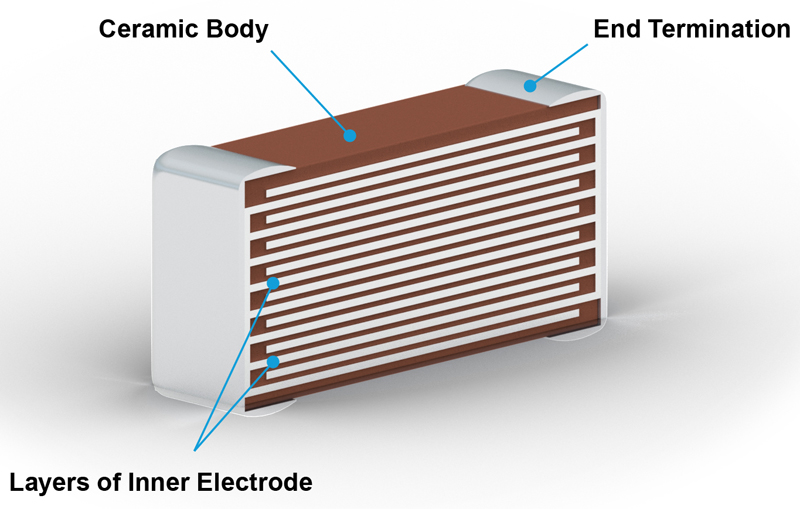MLCC Price Decline?
Inventory levels at distributors have been declining since the beginning of this year and while the MLCC space is not in what would be considered a ‘shortage’, key manufacturers have been running at high utilization levels this year and distributors have been suggesting that electronics manufacturers look to substitute other passives for MLCCs whenever possible , ‘just in case’, it seems odd that a story that Yageo (2327.TT), the leading MLCC producer, will be lowering its MLCC prices by 10% in September. Yageo management will not comment on the rumor, which also indicated a price reduction for passive resistors, for distributors in Greater China.
There is some speculation that the reduction is to incentivize Chinese distributors and increase the company’s share in the Chinese market, while others speculate that it is a push by the company to ensure it will remain at high utilization rates for the rest of the year.
China represents ~30% of Yageo’s sales and MLCCs ~29% of the company’s sales, so the impact of a price change for distributors in China is relatively low, and a 10% reduction holds that impact to a notional value below 1%, but the question really is why, especially when Yageo says their business is stable and other suppliers are also running at utilization rates over 90%? Yageo is building a new MLCC production plant, but that will not be in operation until 2023 so there is little incentive for them to make a push now, however we do note that the Chinese automotive sector, with its focus on electric vehicle production, has been limited by shortages in silicon based products as overall global fab capacity is on allocation. In light of that problem, which likely spurred Chinese automotive producers to over-order other components in previous months as those markets tightened up, has led to end-user inventories of passive components such as MLCCs to be higher than normal. As silicon shortages force some electric vehicle producers to slow or suspend production, the necessity for new orders is lessened.
This is a viable explanation as to why a component leader would be offering lower prices to a particular (region) part of its customer base while maintaining prices for other regions, especially when utilization levels remain high, but deciphering Chinese individual component level inventories is like playing telephone in 3rd grade, the story changes with every person, so we can only speculate until we receive convincing evidence from an unbiased 3rd party. Until then we will have to rely on industry chatter unless Yageo is willing to divulge their business plan…

 RSS Feed
RSS Feed